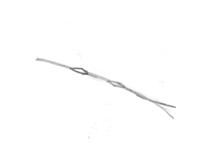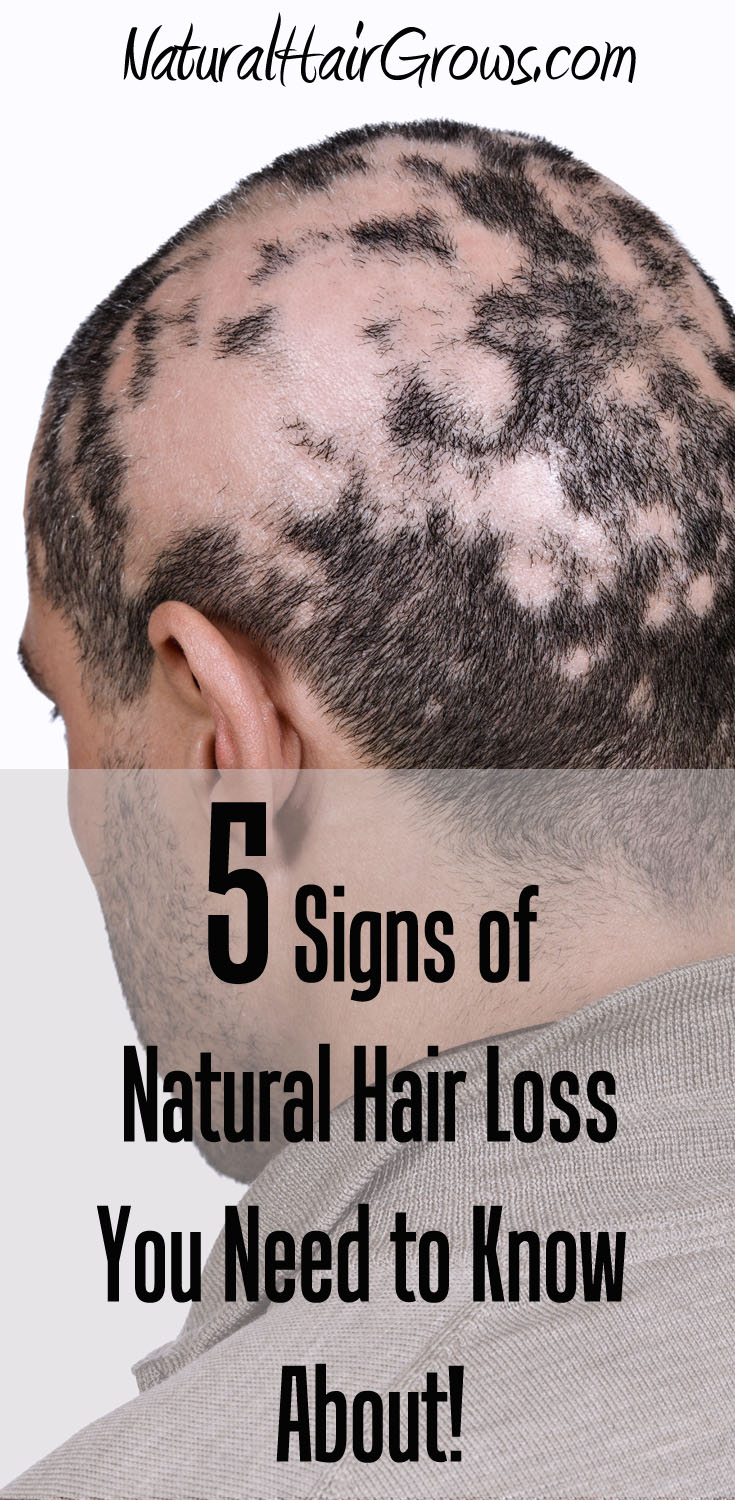Did hair breakage ever shred your hair strand? Read on to find out why….

Question: Should you immediately trim all types of hair breakage? Why or why not?
The answer will allow you to make better decisions about controlling your hair growth. You may feel that you have no control over this and that you’re at the will of your follicles. However, that’s not true. Remember, the hair that is on your head now is just as important as any new growth. How you care for the hair that’s already here will impact its future length.
Acquired trichorrhexis nodosa (I will use the term TN because that’s a long word), is a loss of the cuticle layers and a shredding of the cortex fibers (Scott, 1988) caused by harsh hair care techniques. So your hair fibers split, but unlike split ends, these splits are in the form of beads all along your hair strand. Each one of these beads is a weak point that can break. Below is a personal rendering of how TN looks (I added a split end for effect):

So should you just cut off the damage??
Now in primarily Afro-Carribean (Dawber, 1998) and black hair (Scott, 1988) researchers noted that these beads occur near the scalp. The beads also occur toward the end of the hair in all races. Now I have them near the end, and cutting these beads isn’t as simple as cutting off split ends. Here’s why.
If you cut the bead on your hair, it will automatically become a split end, so cutting above it is the better option if the TN occurs near the end of your hair strand.
If your TN is near your scalp, you risk cutting off the entire length of the hair. However, knowing the type of TN you have can give you the choice of whether you want to cut your hair if the beads are near the end. Or, you can leave the beads alone and wait till your follicle grows a new strand of hair because cutting TN when it’s near your scalp is self-defeating when you want to grow your hair.
So what in the blue blazes causes TN?
Scott mentions there is usually prior hair straightening in adults who have it or scalp itching and rubbing where children are concerned. In an experiment with a woman who had TN each summer, researchers recreated TN copying the effects of shampooing, brushing, sea bathing and sunlight in the lab. Chemical hair straightening also has been a noted cause of TN (Dawber, 1998, p.245).
Scott (1988) also pointed out that TN is something that appears over time so it’s not one single incident that causes TN, but the gradual effect of all of these techniques. And, as we all know shredding your cortex fibers can’t lead to natural hair growth.
How do I get rid of the dreaded TN?
Treatment of this type of hair breakage includes suspension of grooming techniques that harm the hair. What is recommended is the use of conditioner, avoidance of traction, heat and chemical processes (Dawber, 1998).
Read why this styling technique can contribute to the hair breakage of TN
Also, consult a dermatologist who has knowledge of hair breakage involving tightly curled hair. They will understand all of these different hair strand issues and can help your hair grow to its longest possible length.
Knowing where the TN lies on your hair strand will help you decide whether the hair should be cut or if you should just begin a gentler and more careful grooming routine. It’s up to you. That’s the freedom.
Growth of natural hair should put you in the driver’s seat when it comes to caring for any type of hair breakage your strands sustain. Whether it happened in your former life like me when I colored and blow fried my hair, or it is happening right now as you continue to use heated styling. Awareness is key because with that knowledge you can call the shots with your hair care.
References:
- Dawber, R. Diseases of the Hair and Scalp. Oxford,
Blackwell Scientific Publications, 1998 p. 251-252
- Scott, D.A. (1988) Disorders of the Hair and Scalp in Blacks
Dermatologic Clinics, 6(3), 387-395.
Read about trichoclasis, another type of hair breakage that splits your strand practically in half





